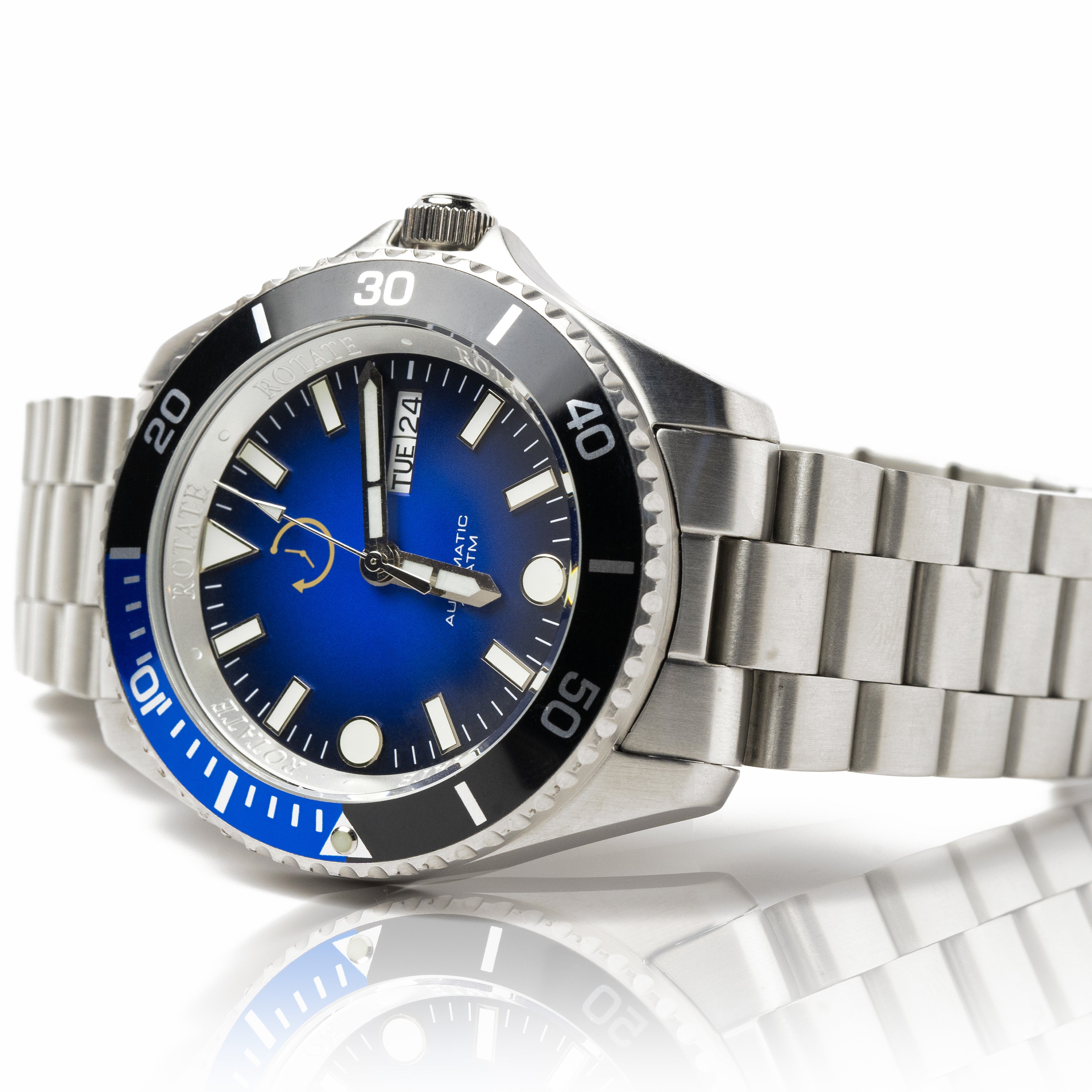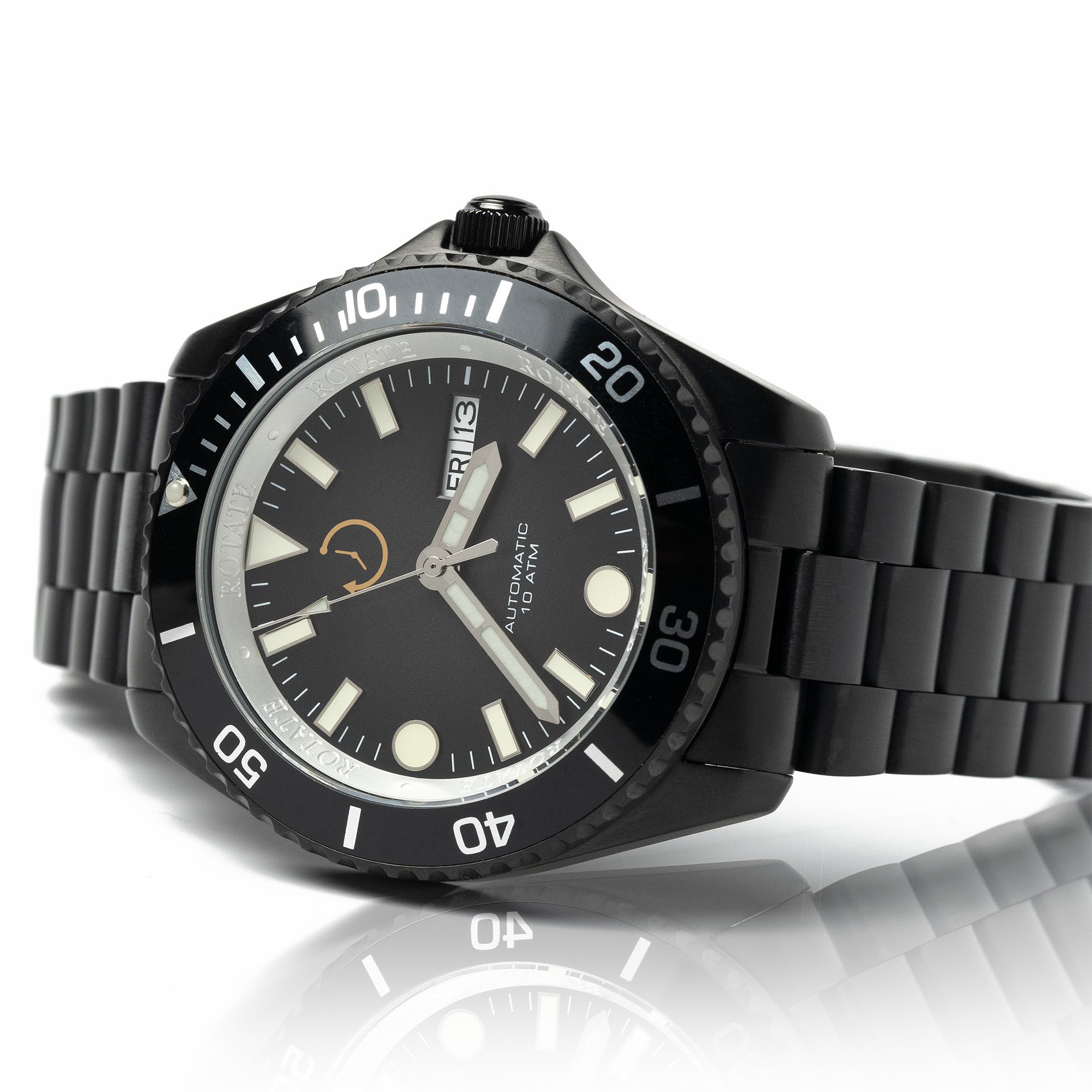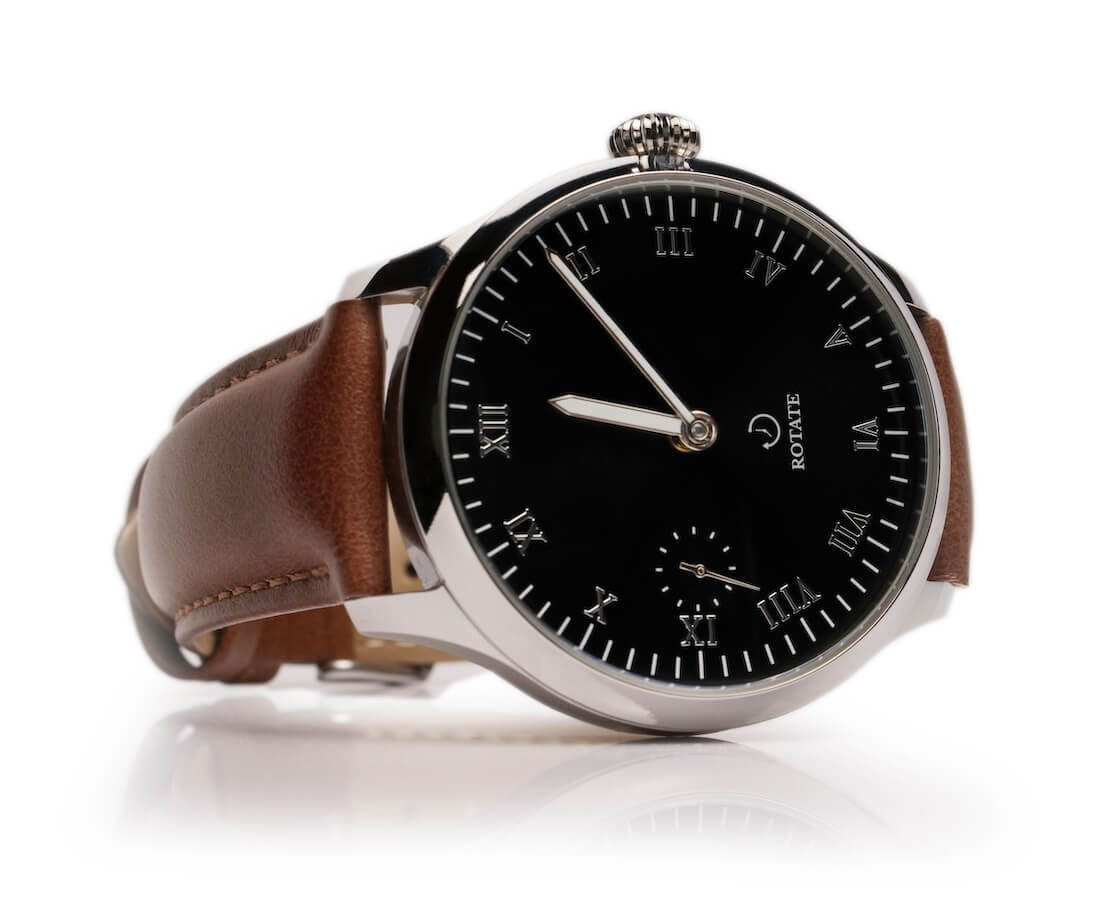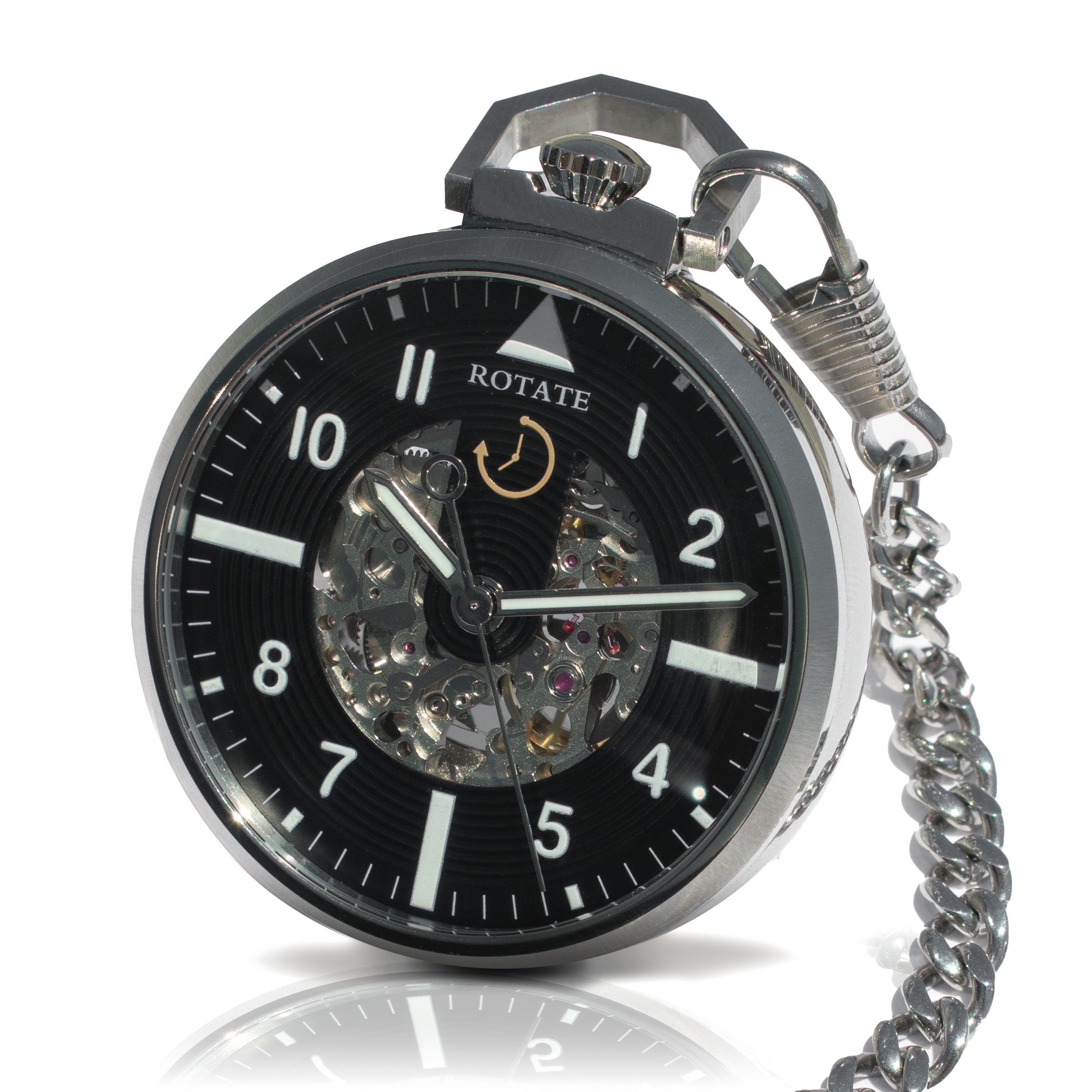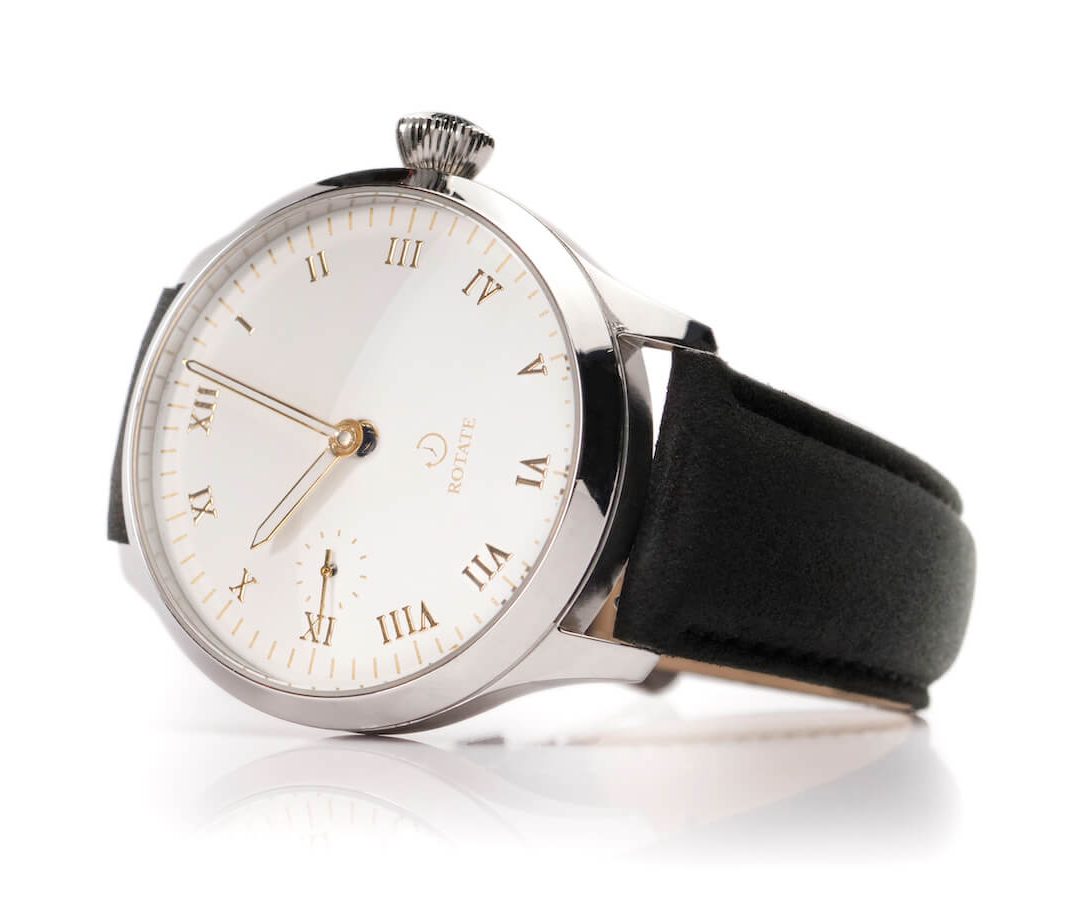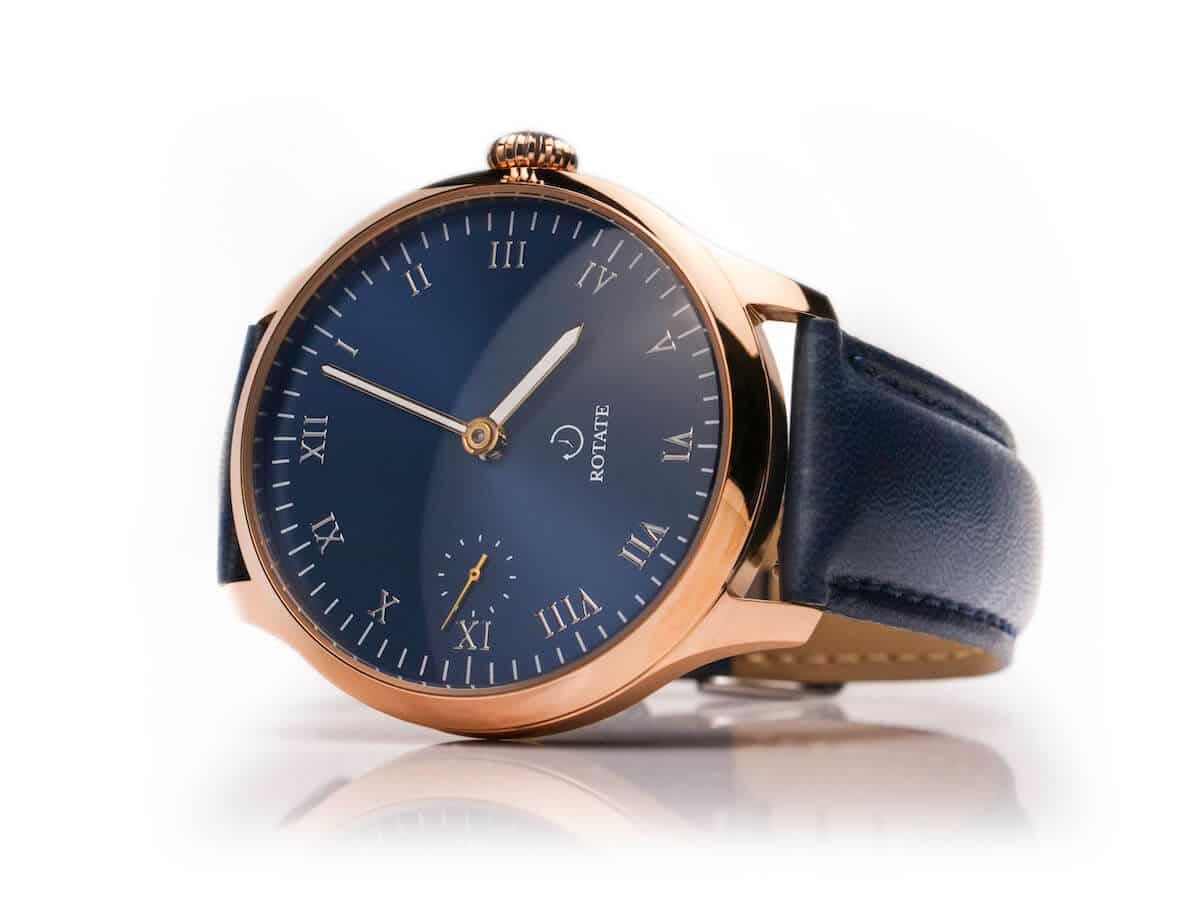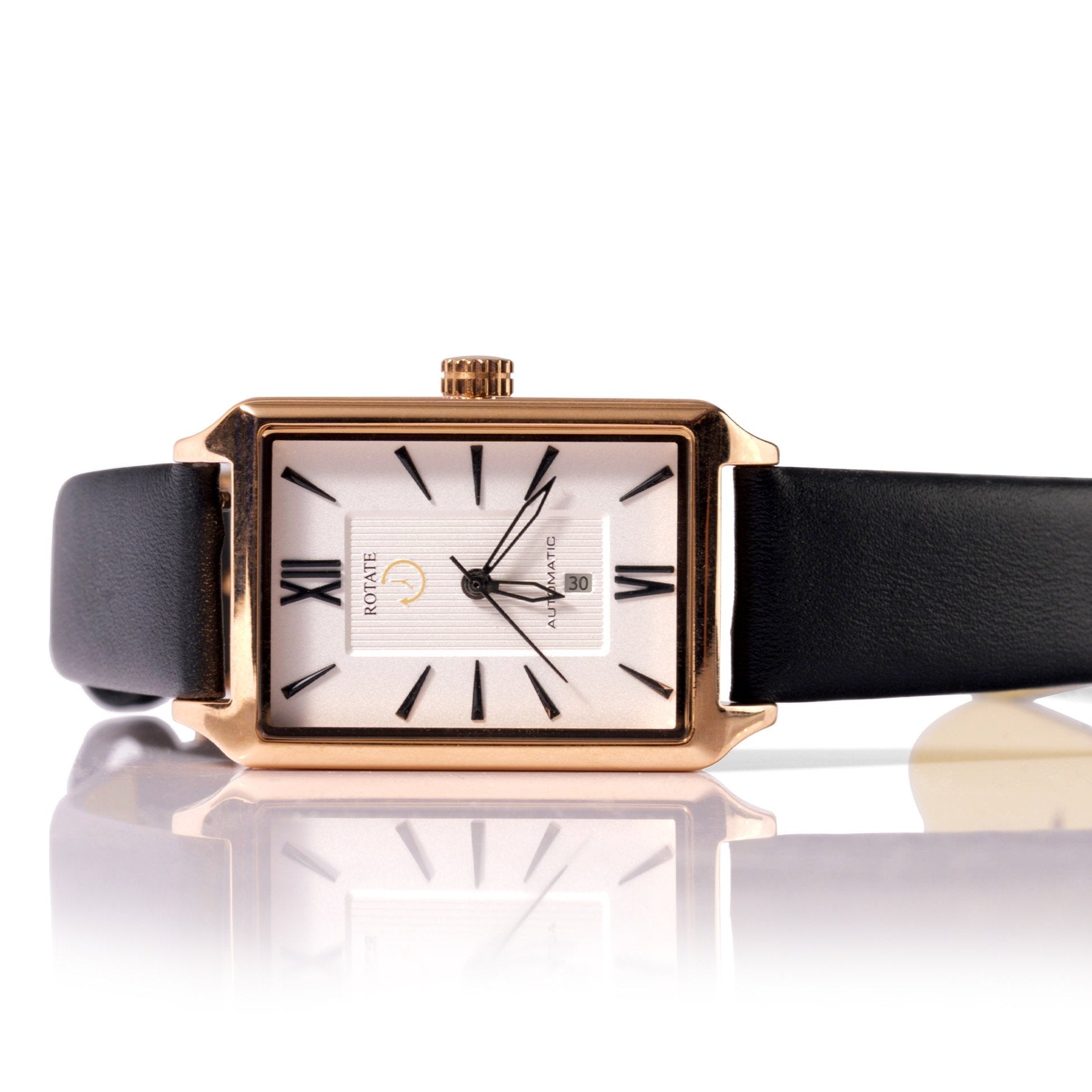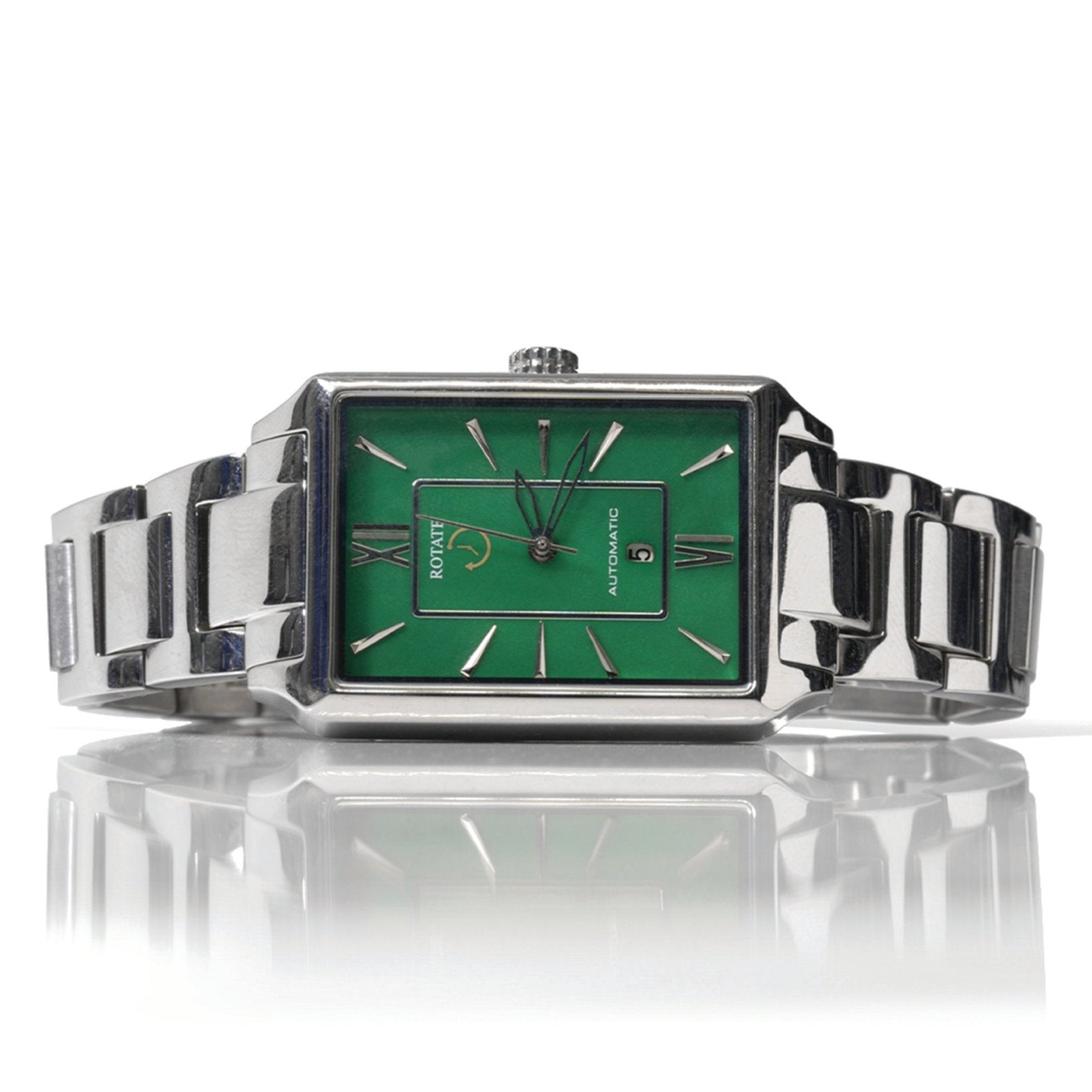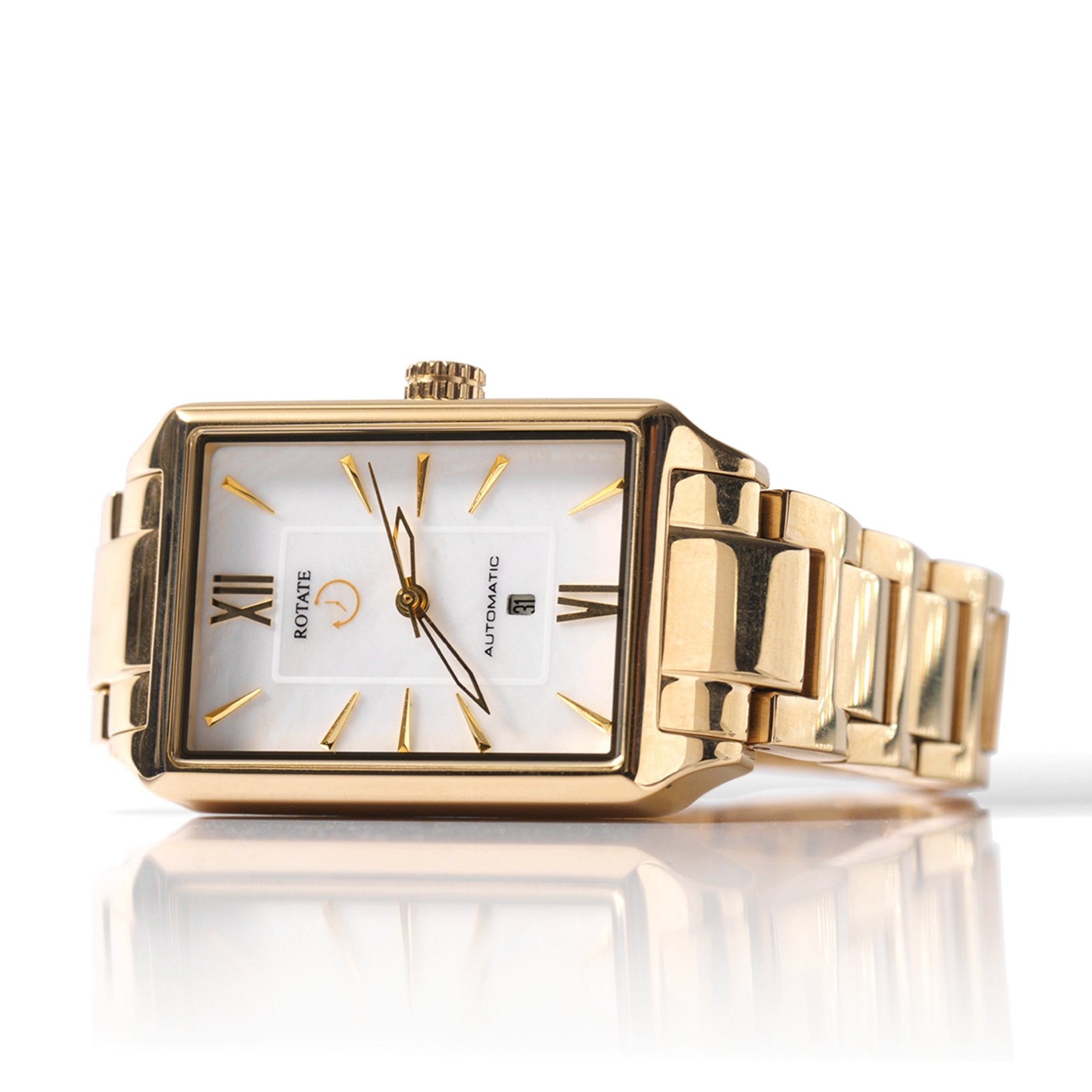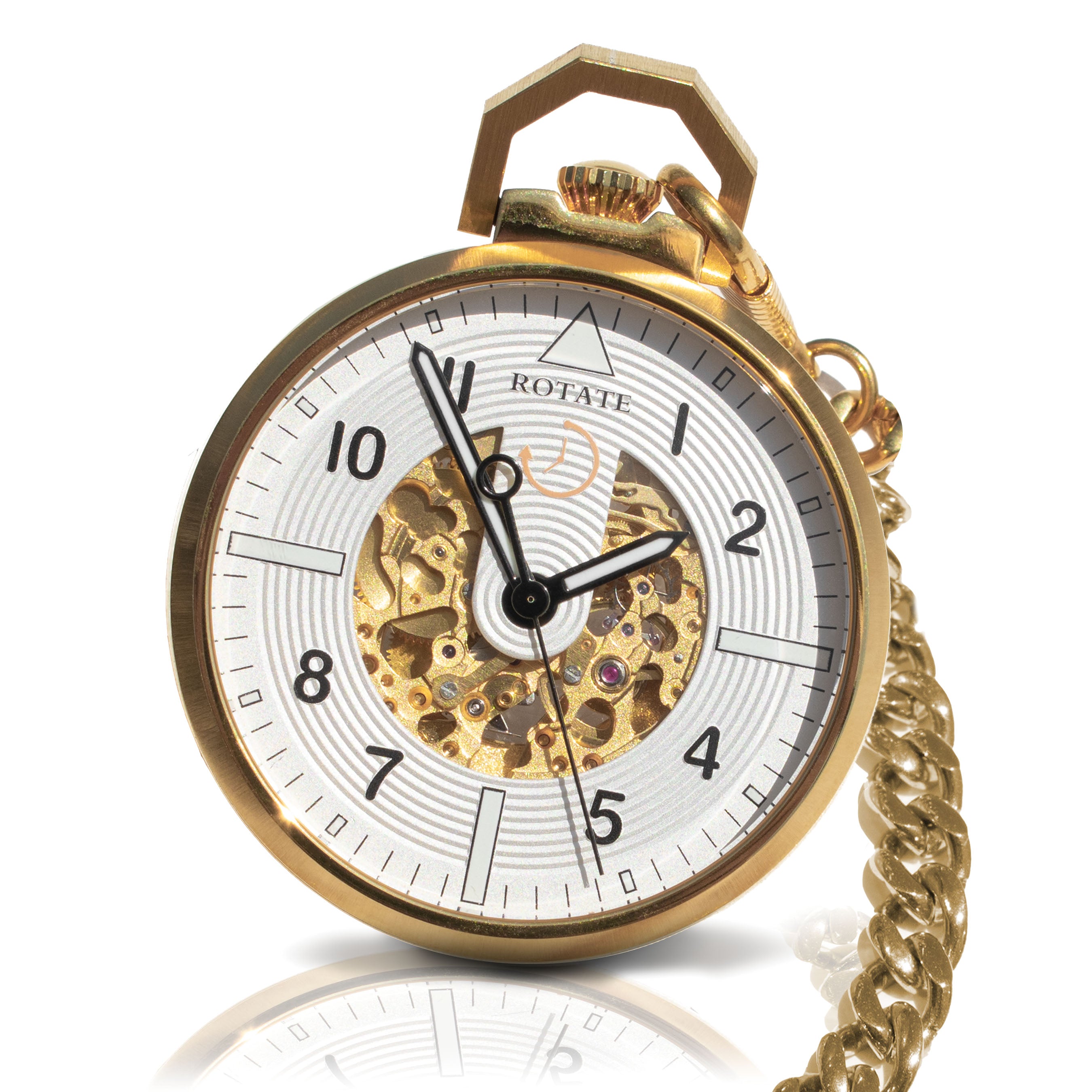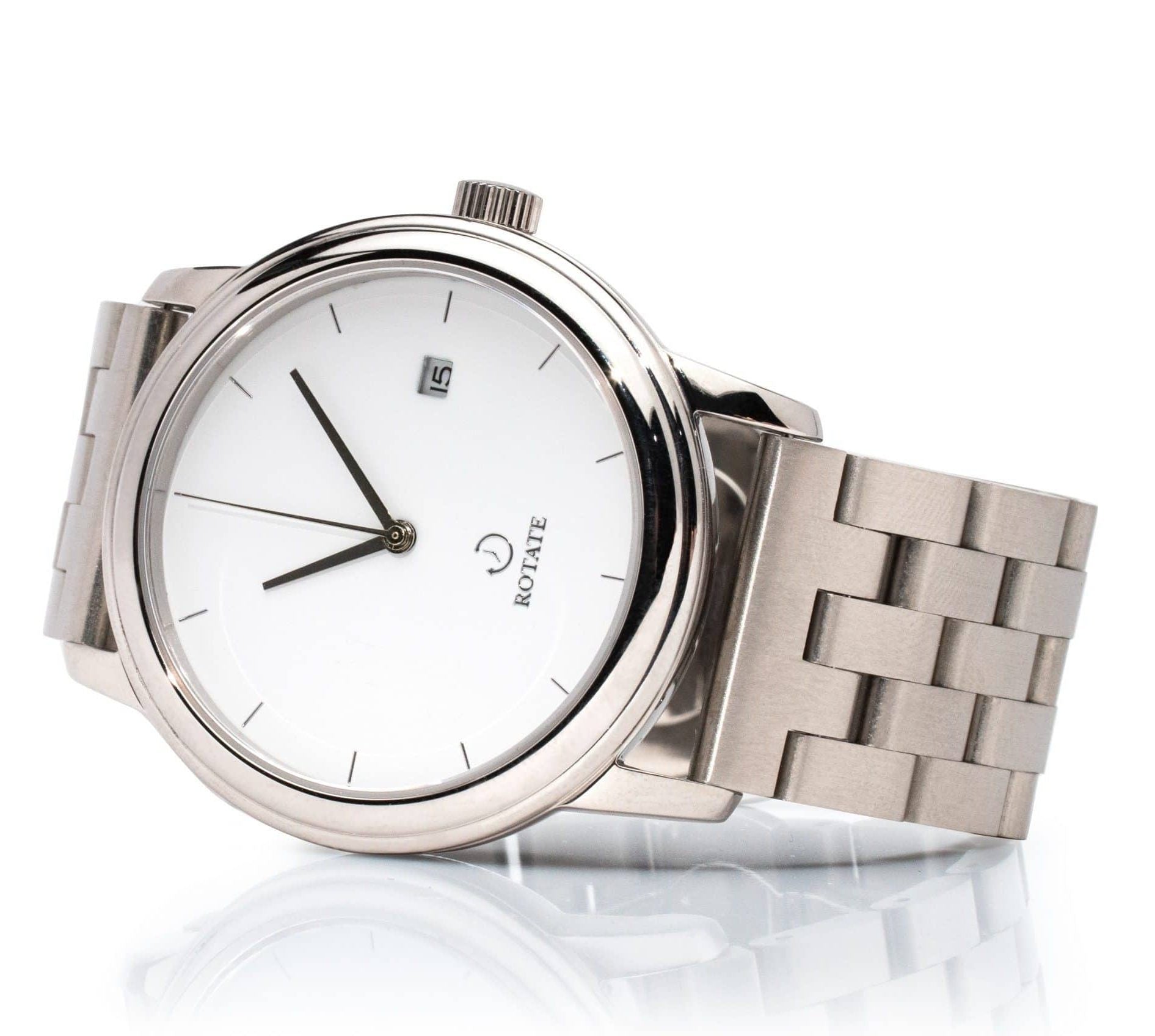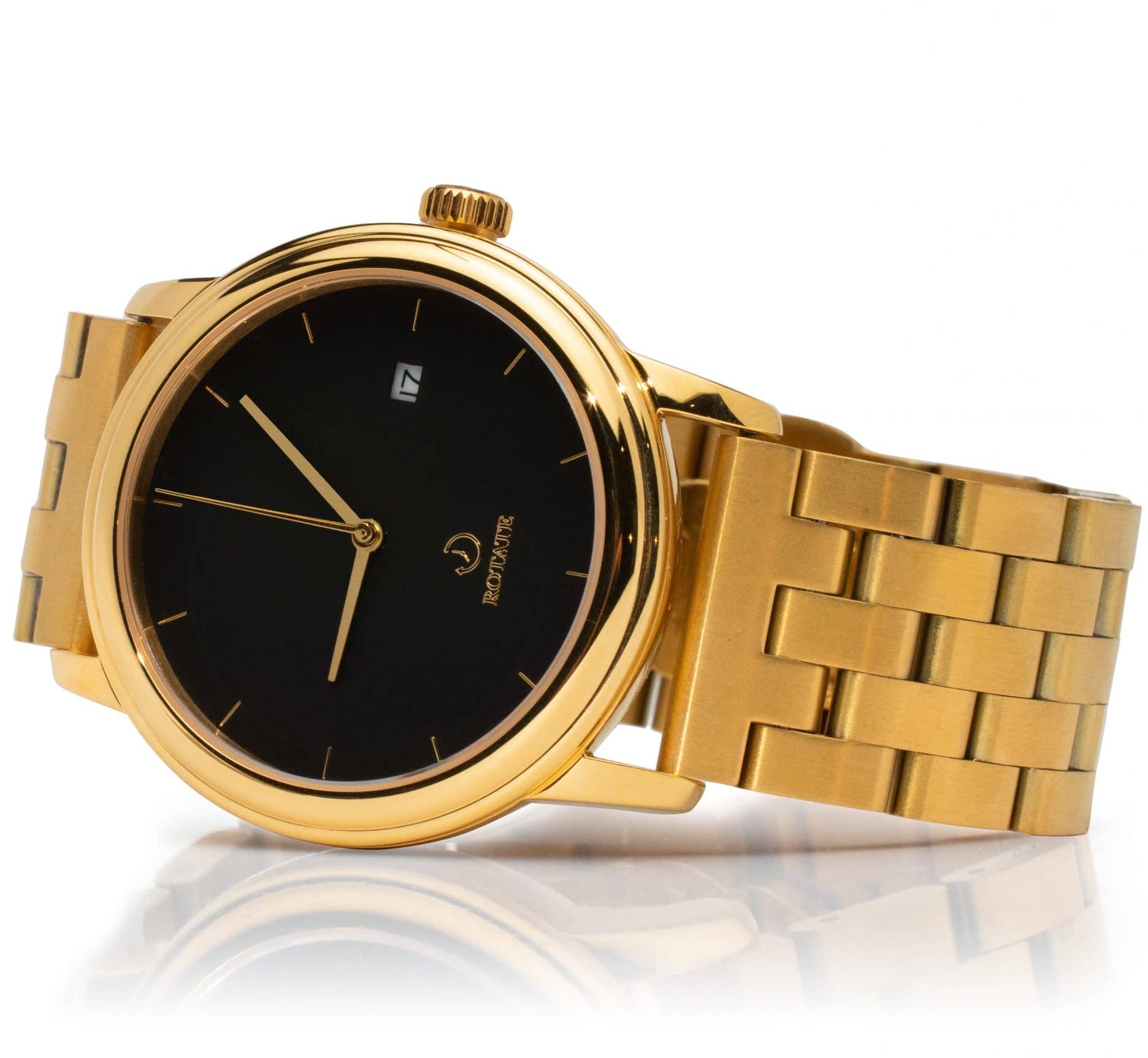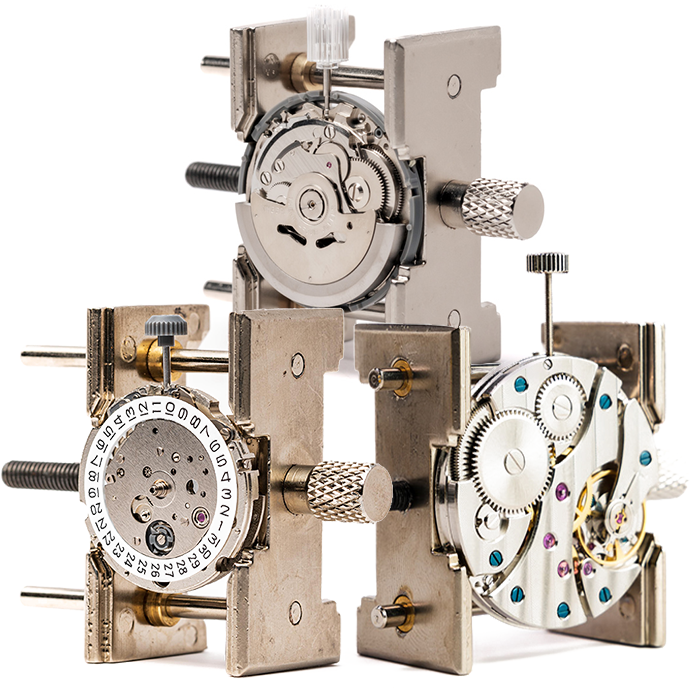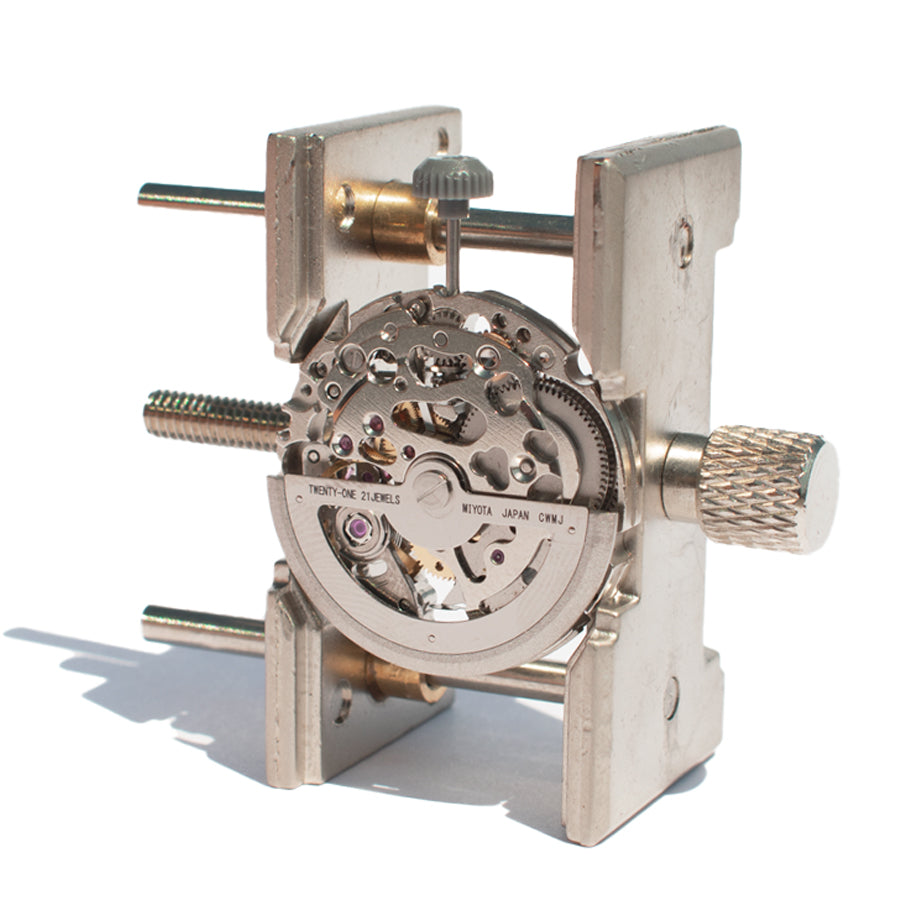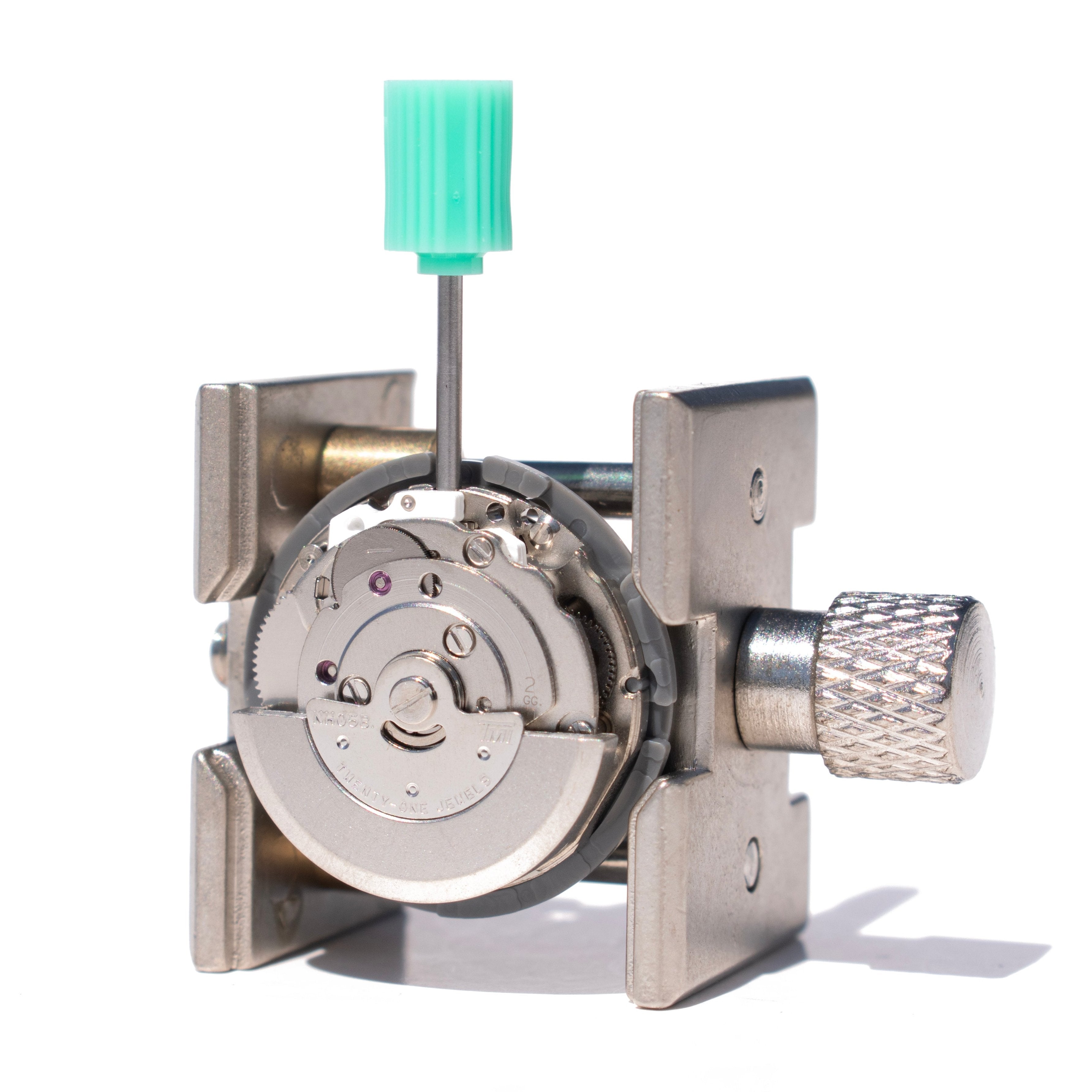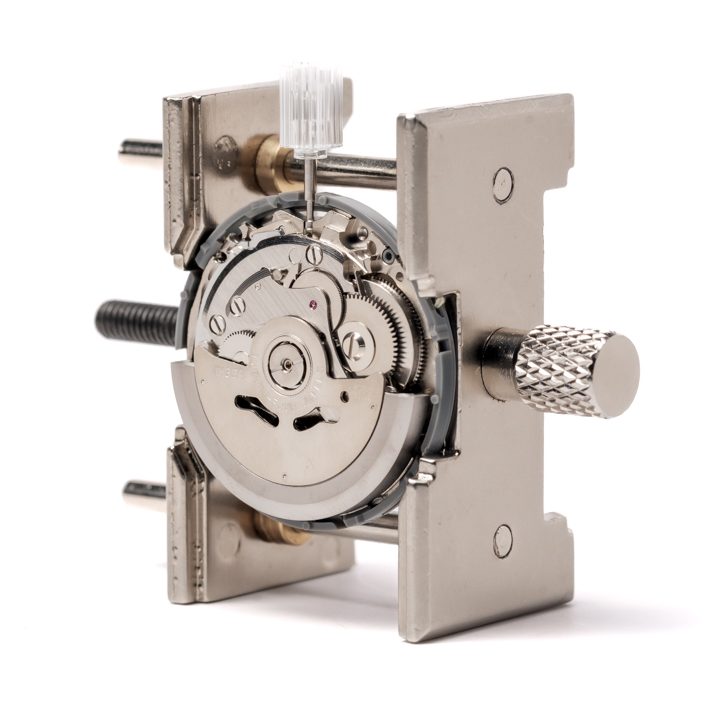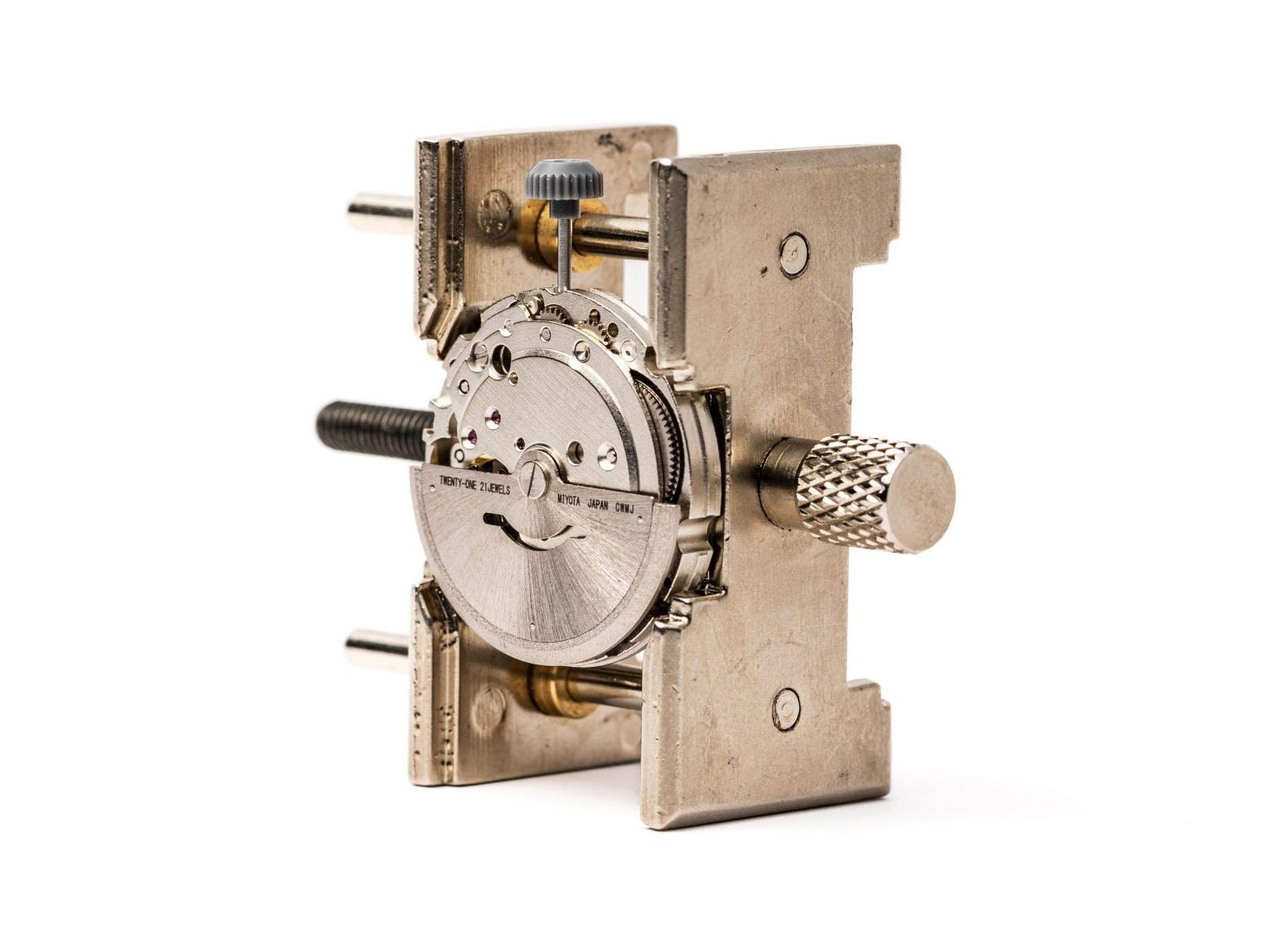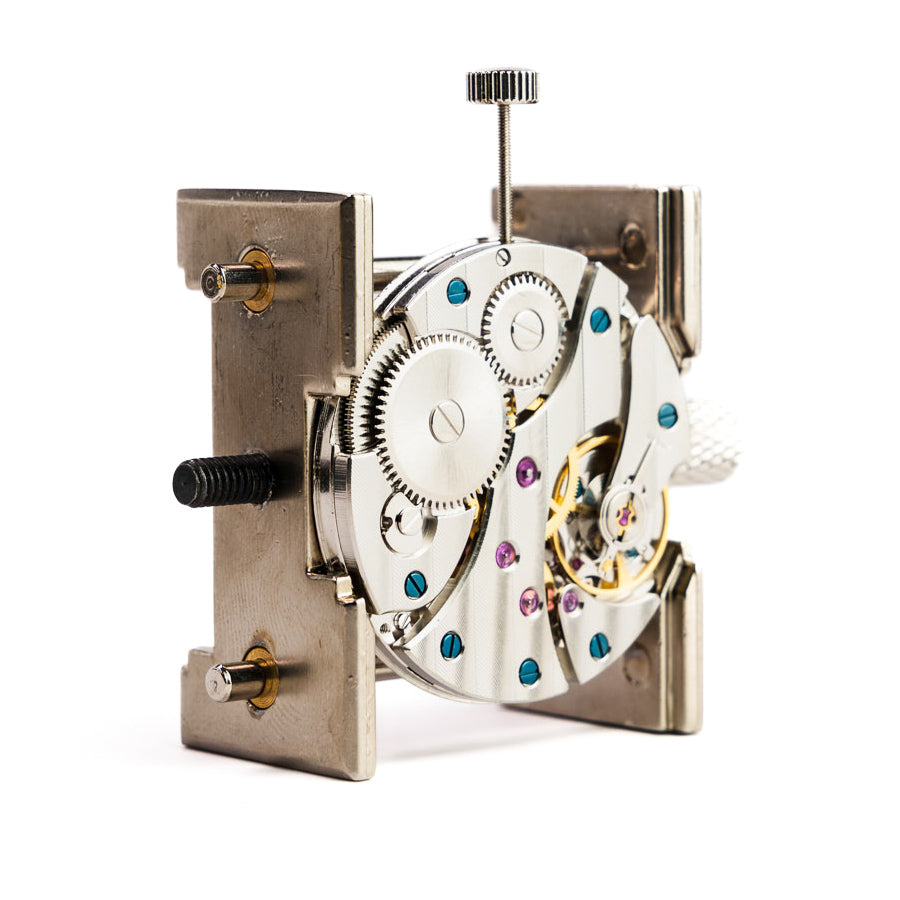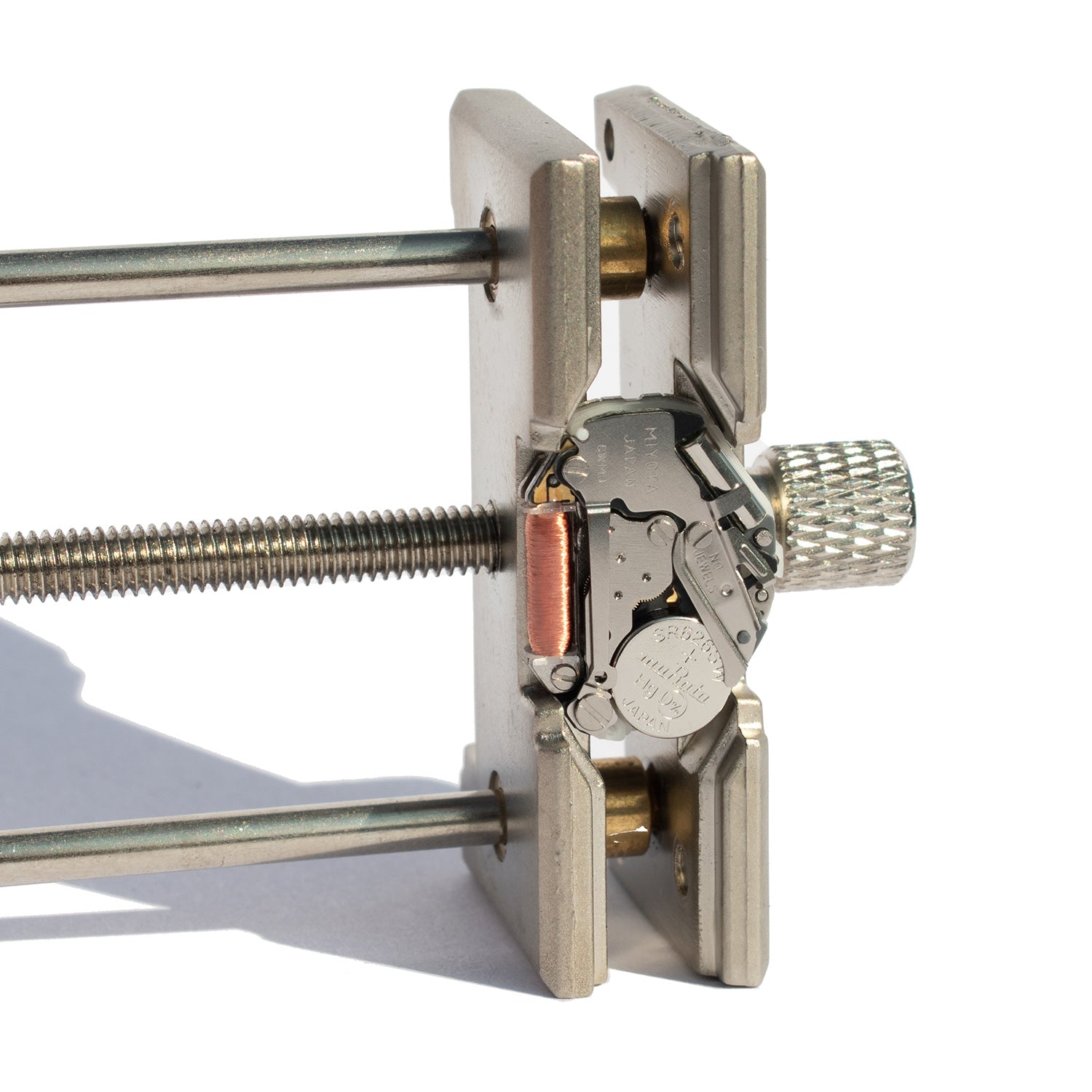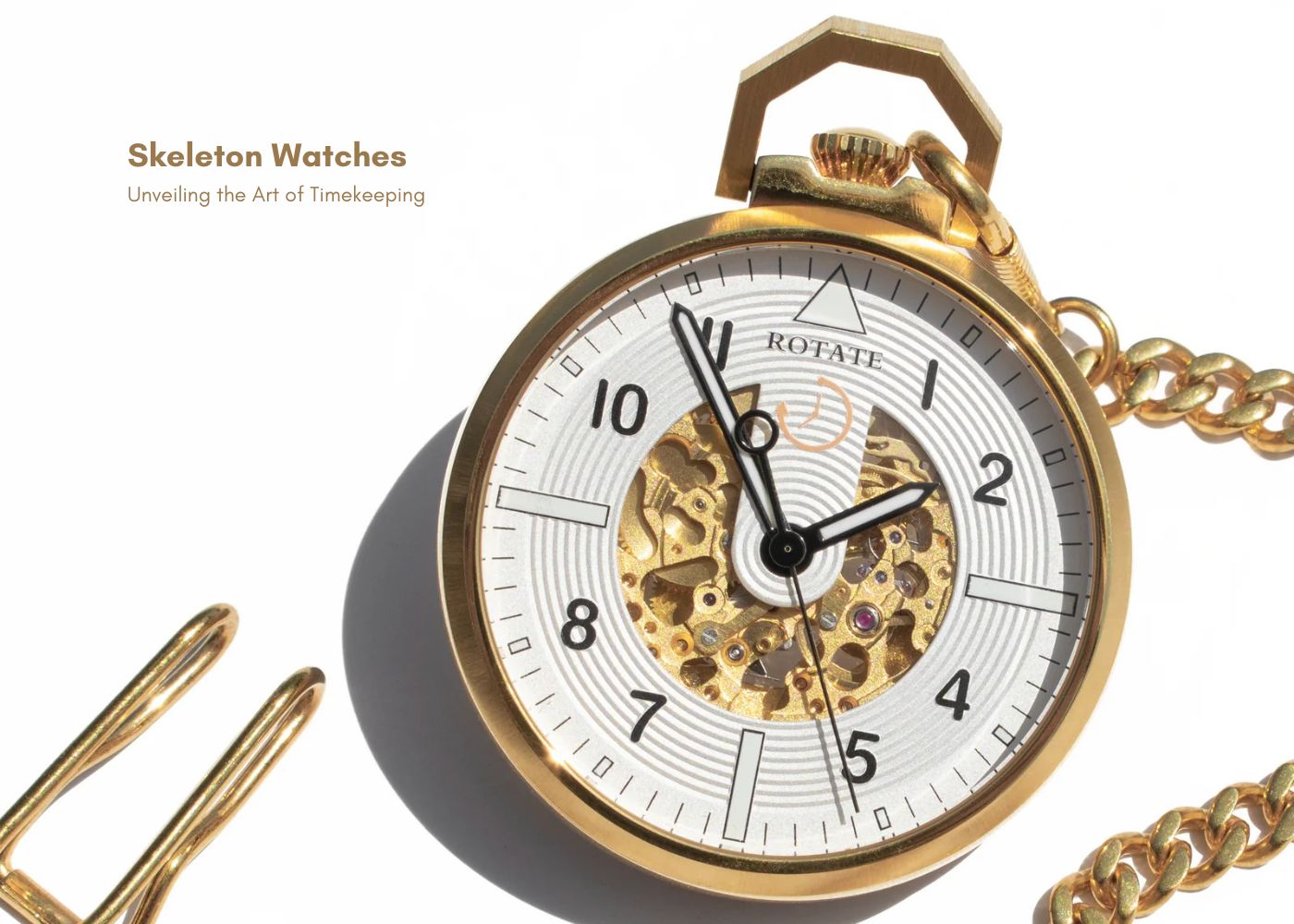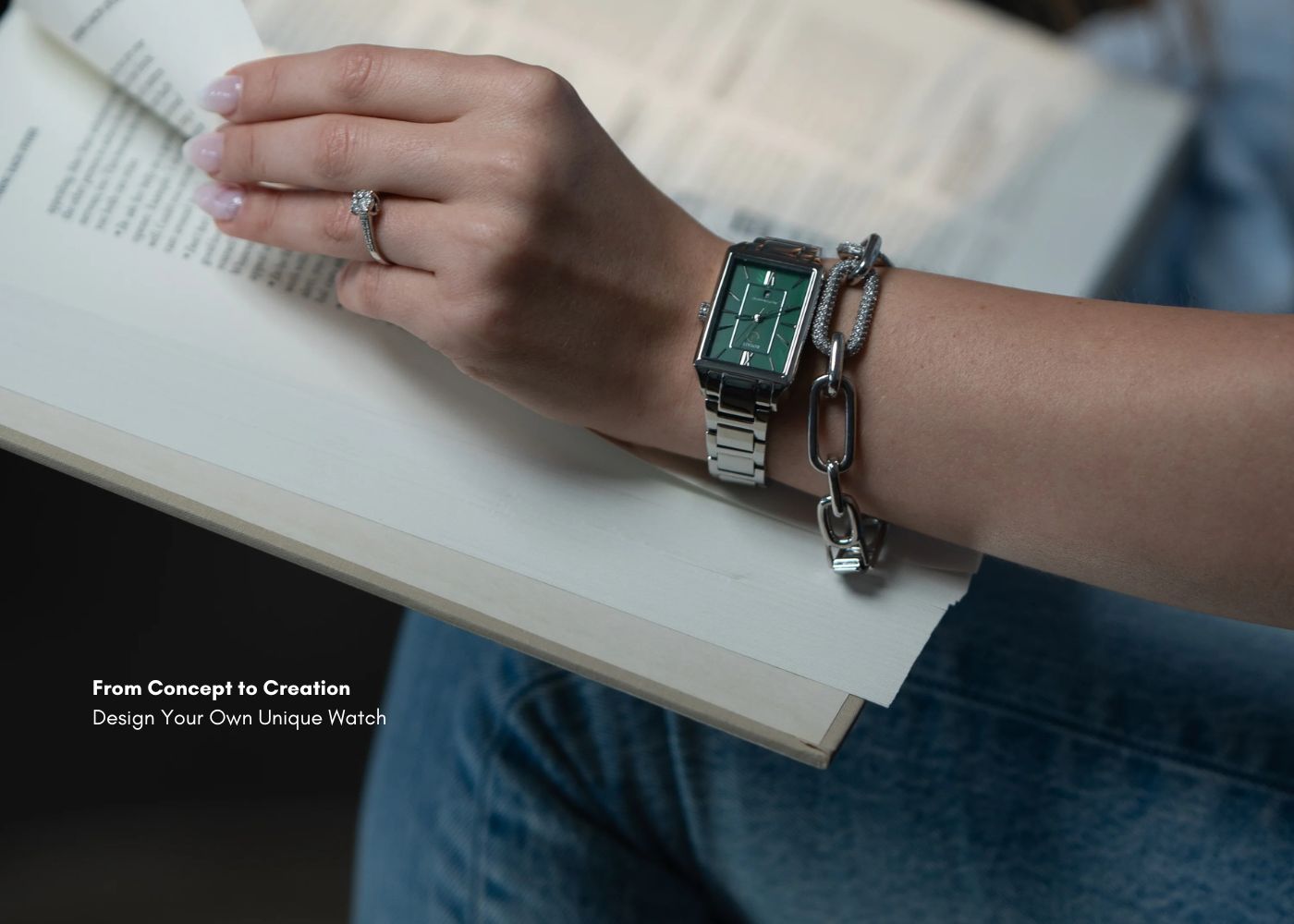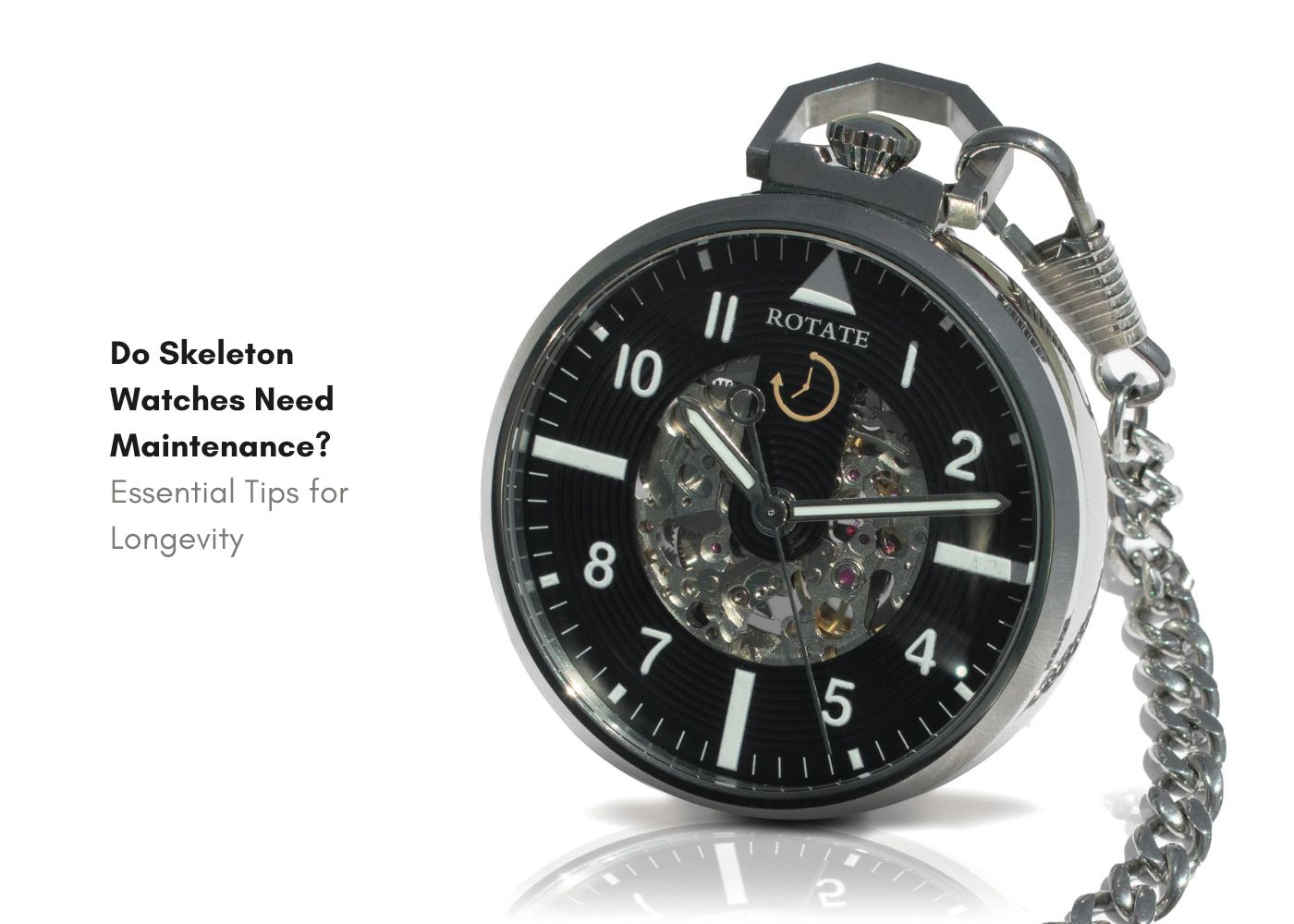
Do Skeleton Watches Need Maintenance? Essential Tips for Longevity
Skeleton watches are a marvel of craftsmanship, showcasing intricate mechanical movements through transparent dials and casebacks. Owning one is like carrying a piece of art on your wrist. However, their open design makes them more vulnerable to environmental factors, requiring regular care to ensure both functionality and aesthetics. If you're wondering how to maintain your skeleton watch, this guide will provide all the answers you need.
Why Is Skeleton Watch Maintenance Important?
Skeleton watches are unique because their exposed gears and bridges allow you to see the inner workings of the movement. While this design is visually stunning, it also means that the components are more susceptible to dust, moisture, and wear over time. Without proper maintenance, the performance of your watch can degrade, and its appearance may lose its charm.
Regular upkeep ensures that your watch remains accurate and retains its beauty for years to come. Whether you wear it daily or only on special occasions, taking care of your skeleton watch is essential for preserving its longevity.
Common Issues with Skeleton Watches
Dust Accumulation
The open design of skeleton watches allows dust to settle on exposed parts like gears and bridges. Over time, this can interfere with the smooth operation of the movement and cause unnecessary wear on components.
Solution: Clean your watch regularly with a microfiber cloth to remove surface dust. For hard-to-reach areas, use a soft brush to gently clean around exposed parts without damaging them.
Moisture Exposure
Even water-resistant skeleton watches can be affected by moisture if seals weaken or when exposed to rapid temperature changes. Condensation can form inside the case, potentially fogging the crystal and damaging internal components if not addressed promptly.
Solution: Avoid exposing your watch to extreme temperature changes or overly humid environments. Store it in a dry place with silica gel packets to absorb excess moisture.
Lubrication Wear
Mechanical movements rely on lubrication to reduce friction between moving parts. Over time, these oils can dry out or degrade, leading to increased wear and reduced accuracy in timekeeping.
Solution: Wind manual watches consistently at the same time each day to keep the movement running smoothly. For automatic watches that aren't worn regularly, consider using a watch winder to keep them in motion.
Essential Tools for Skeleton Watch Maintenance
To maintain your skeleton watch effectively, having the right tools is crucial. Here are a few essentials:
-
Microfiber Cloths: Perfect for cleaning the crystal and case without scratching them.
-
Soft Brushes: Ideal for removing dust from delicate components without causing damage.
-
Gloves: Prevent fingerprints and oils from transferring onto the movement or other parts during handling.
-
Spring Bar Tool: Useful for adjusting or replacing straps when needed.
Each Rotate® watchmaking kit includes these tools along with high-quality components and detailed guides to help you maintain your watch with confidence. Check out the Earle Watchmaking Kit for an all-in-one solution designed for beginners and enthusiasts alike.
Daily Care Tips for Skeleton Watches
-
Clean After Each Use: Wipe down your watch with a microfiber cloth after wearing it to remove sweat, fingerprints, and dirt that may have accumulated throughout the day.
-
Wind Regularly: If you own a manual skeleton watch, wind it daily at a consistent time to maintain optimal performance without over-tightening the mainspring.
-
Store Properly: When not in use, place your watch in a protective case or box lined with soft fabric to prevent scratches and exposure to dust or moisture.
For those looking for an engaging DIY project while learning more about mechanical watches, consider building your own timepiece with Rotate's Hudson Watchmaking Kit. It's beginner-friendly and comes with everything you need to create a personalized skeleton watch.
Monthly Maintenance Checklist
-
Inspect Seals: Check gaskets around the crown and caseback for signs of wear that could compromise water resistance or allow dust inside.
-
Examine Straps: Look for any signs of wear or looseness in leather or metal straps. Use tools like spring bar adjusters (included in Rotate kits) to make necessary adjustments.
-
Test Water Resistance: If you frequently expose your watch to water (e.g., during swimming), ensure its seals are intact by testing its water resistance annually.
For easy adjustments or strap replacements, Rotate's Earle Watchmaking Kit includes all necessary tools along with high-quality components.
Long-Term Care for Skeleton Watches
While daily and monthly routines cover most maintenance needs, some tasks require occasional attention:
-
Lubrication Checks: Over time, lubricants in mechanical movements degrade naturally due to friction and environmental factors like heat or humidity.
-
Cleaning Moving Parts: Dust buildup can affect gears and other internal components if not addressed periodically.
Rotate's Seagull ST3600 Movement Kit provides an excellent opportunity to learn about movement assembly and care in greater detail.
Why DIY Watchmaking Kits Are Perfect for Maintenance Enthusiasts
DIY kits like those offered by Rotate® empower you to take control of maintaining-and even building-your own luxury timepiece at home. Each kit includes all necessary tools along with detailed guides that make even complex tasks approachable for beginners.
For example:
-
The Earle Watchmaking Kit features high-quality components perfect for those starting their journey into DIY watchmaking.
-
The Hudson Watchmaking Kit offers an easy entry point into creating personalized skeleton watches.
Conclusion
Caring for a skeleton watch doesn't have to be complicated-it's about consistency and attention to detail. With simple daily habits like cleaning after use and storing properly, along with occasional maintenance checks, you can ensure your timepiece remains as beautiful as it is functional.
If you're ready to take full control of maintaining-or even building-your own luxury timepiece, explore Rotate's range of watchmaking kits. Whether you're a beginner or an experienced enthusiast, there's no better way to deepen your appreciation for mechanical watches than by working on one yourself!
FAQ
Q. Do skeleton watches need batteries?No, skeleton watches use mechanical movements powered by winding or wrist motion instead of batteries.
Q. Do skeleton watches require winding?Yes, manual models need daily winding while automatic ones wind themselves through wrist motion during wear.
Q. What common problems do skeleton watches face?Dust accumulation, moisture exposure, and lubrication degradation are common issues that require regular cleaning and care.


